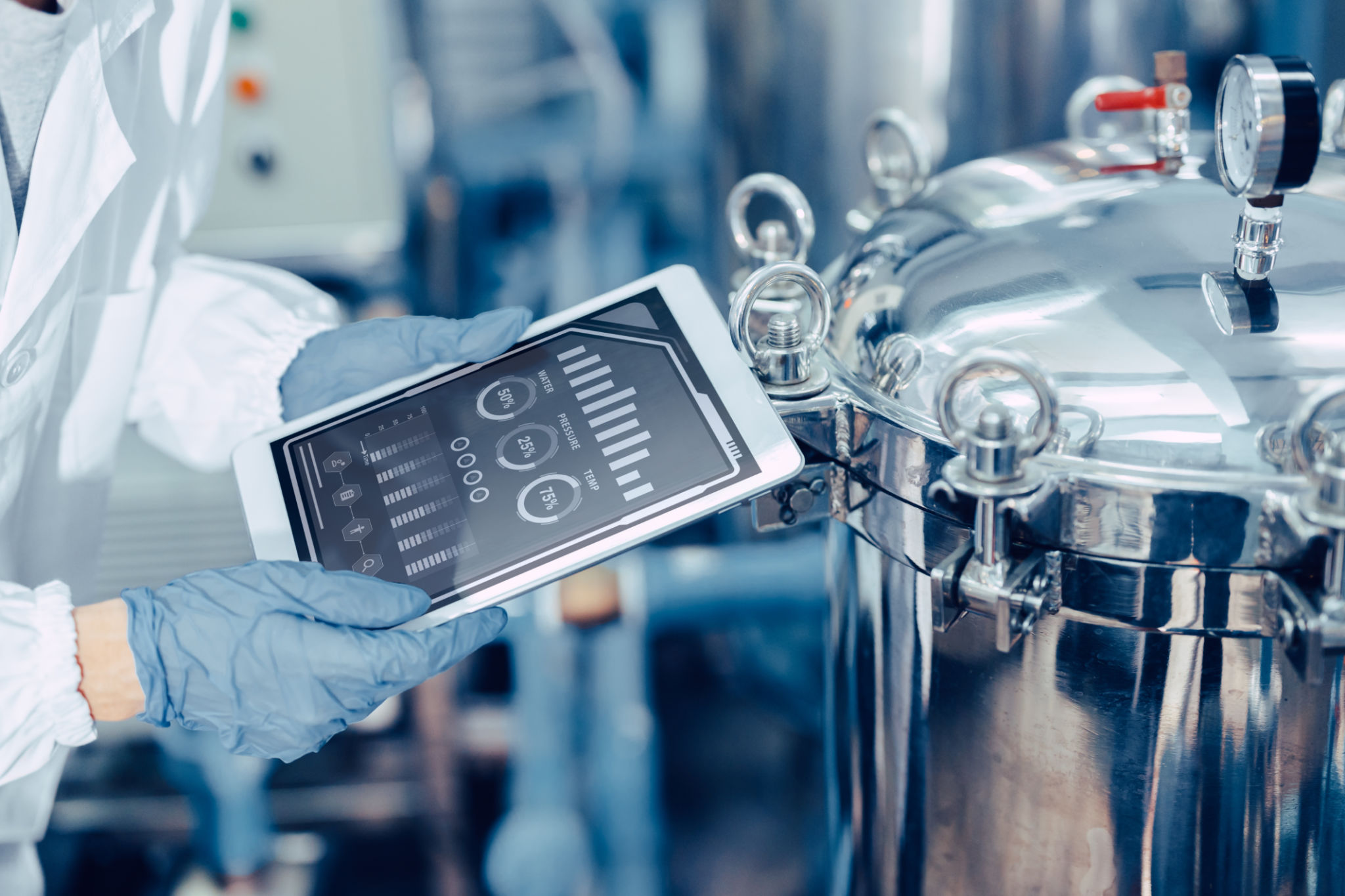The Role of HPP in Extending Shelf Life: A Guide for Local Food Producers
Understanding High-Pressure Processing (HPP)
High-Pressure Processing (HPP) is a cutting-edge food preservation method that utilizes high pressure to inactivate harmful microorganisms and extend the shelf life of food products. Unlike traditional thermal processing, HPP maintains the food's nutritional quality and taste by applying pressure without the need for heat. This makes it an attractive option for local food producers looking to offer fresh and safe products to their customers.
By employing HPP, food producers can ensure their products remain fresh for a longer period, which is particularly beneficial for those operating on a smaller scale. This method helps in reducing food waste and provides a competitive edge in the marketplace.

How HPP Works
The HPP process involves placing packaged food products into a chamber filled with water. The chamber is then pressurized up to 600 MPa (megapascal), equivalent to about six times the pressure in the deepest ocean trench. This immense pressure effectively destroys microorganisms without compromising the food's sensory qualities.
Local food producers can implement HPP to treat a wide range of products, including juices, meats, dairy, and ready-to-eat meals. By doing so, they can offer their customers high-quality products that are both safe and delicious.
Benefits of HPP for Local Food Producers
There are several advantages to using HPP for extending the shelf life of food products:
- Extended Shelf Life: HPP significantly increases the shelf life of perishable foods, allowing producers to distribute their products over a wider geographic area.
- Preservation of Nutrients and Flavor: Since HPP does not use heat, it helps preserve the natural taste, color, and nutritional content of food.
- Food Safety: The high pressure effectively eliminates pathogens such as E. coli, Listeria, and Salmonella, ensuring consumer safety.

Implementing HPP in Your Production Process
For local food producers considering HPP, it's important to evaluate the initial investment and ongoing operational costs. While the upfront costs may be higher compared to traditional methods, the long-term benefits often outweigh these expenses. Access to shared HPP facilities or collaborating with co-packers can be cost-effective solutions for smaller producers.
Additionally, producers should ensure that their packaging materials are compatible with HPP. Flexible and water-resistant packaging is crucial as it withstands the high-pressure environment without compromising product integrity.
Case Studies and Success Stories
Many local food producers have already embraced HPP with great success. For instance, a small-batch juice manufacturer managed to expand their distribution network significantly after adopting HPP. The extended shelf life allowed them to enter new markets and increase their revenue streams.

Another example is a family-owned deli meat producer who saw a reduction in product returns due to spoilage. By utilizing HPP, they were able to maintain product quality over longer periods, enhancing customer satisfaction and loyalty.
The Future of HPP in Local Food Production
The adoption of HPP is expected to continue growing as more local food producers recognize its benefits. With advancements in technology and increasing demand for fresh, safe, and minimally processed foods, HPP presents an opportunity for producers to innovate and stay competitive.
As consumers become more health-conscious and environmentally aware, the demand for products that use sustainable preservation methods like HPP will likely rise. Embracing this technology can help local food producers meet these evolving market trends while ensuring product safety and quality.